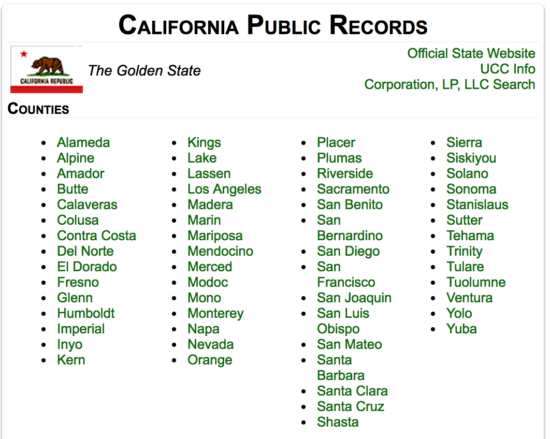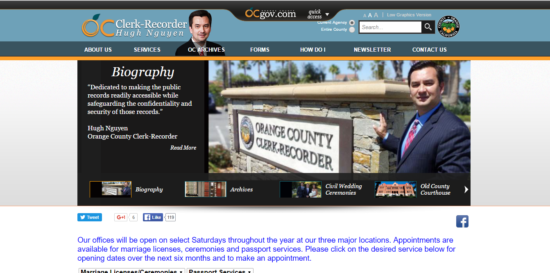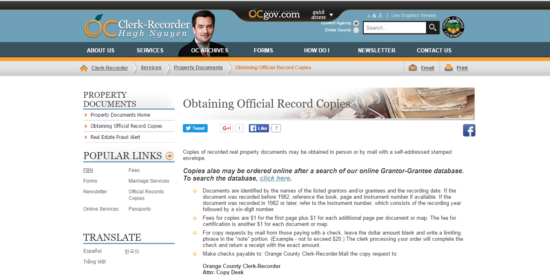Updated February 06, 2024
California deed forms allow for the transfer of real property from a seller (“grantor”) to a buyer (“grantee”). The documents vary due to the different scenarios that surround the conveyance. Grant deeds are used when the seller warrants that they own the property and that no others have a claim to it. Deeds of trust are used in connection with mortgage documents, where a lender puts on record that they have an interest in the property while the homeowner owes mortgage payments. A quitclaim deed is a deed that is used to transfer whatever interest the seller has in the property with no guarantee as to what that interest might be. This state guide provides instructions on how to record a deed.
Laws
- Preliminary Change of Ownership (Form BOE-502-A) – Required to be filed with any deed unless the transferee is not locally assessed in accordance with Revenue and Taxation Code Section 480.[1]
- Recording – All deeds must be filed with the County Recorder’s Office.[2]
- Signing – Must be signed in the presence of a notary.[3]
- Fees – Cal. Gov. Code § 27361[4]
- California Recording Requirements – Use to ensure all the details of the deed are completed before filing.
Deed Types (4)
 Grant Deed – Similar to a warranty deed in other states, which guarantees that there are no liens or encumbrances on the property.
Grant Deed – Similar to a warranty deed in other states, which guarantees that there are no liens or encumbrances on the property.
Download: PDF, MS Word, Open Document
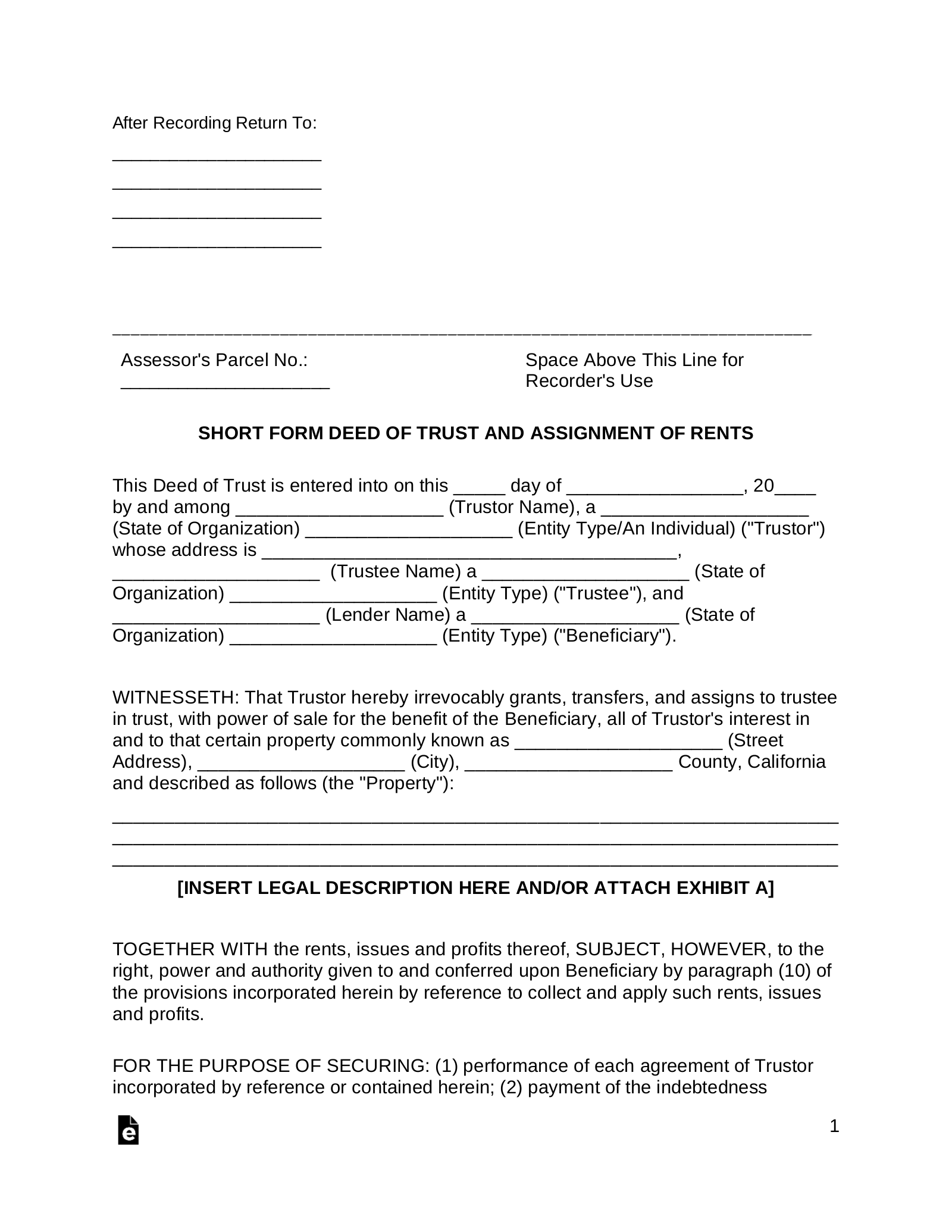 Deed of Trust (Trust Deed) – This form allows an owner to obtain a loan with the property to act as the security of the loan.
Deed of Trust (Trust Deed) – This form allows an owner to obtain a loan with the property to act as the security of the loan.
Download: PDF, MS Word, Open Document
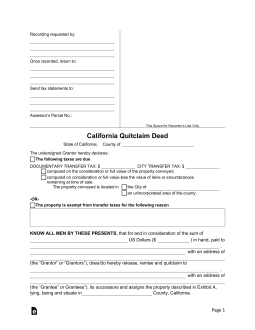 Quit Claim Deed – This deed is used to transfer the interest that a seller has in a property without any guarantee.
Quit Claim Deed – This deed is used to transfer the interest that a seller has in a property without any guarantee.
Download: PDF, MS Word, Open Document
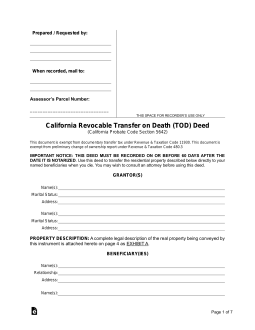 Revocable TOD Deed – This deed is used to ensure that the property is transferred to certain beneficiaries upon the owner’s death.
Revocable TOD Deed – This deed is used to ensure that the property is transferred to certain beneficiaries upon the owner’s death.
Download: PDF, MS Word, Open Document
California Property Search (6 steps)
In order to understand the interest that you are purchasing in a property, it is important to complete a title search which is researching the title transfers in the past. You will need to go to the recorder website for the county in which the property is located.
NETR Online has a list of all the county recorders and their websites. Each county has a different way of displaying property searches, but in most cases, you will need the address of the property or the name of the grantor in order to commence the search.
Here is Orange County’s search instructions as an example:
Step 1
Go to the Orange County Recorder’s Office website:
Step 6
You will then have the option of searching by name, document number, document type of recording date. Click on your preferred search and enter in the information as directed to obtain documents.

